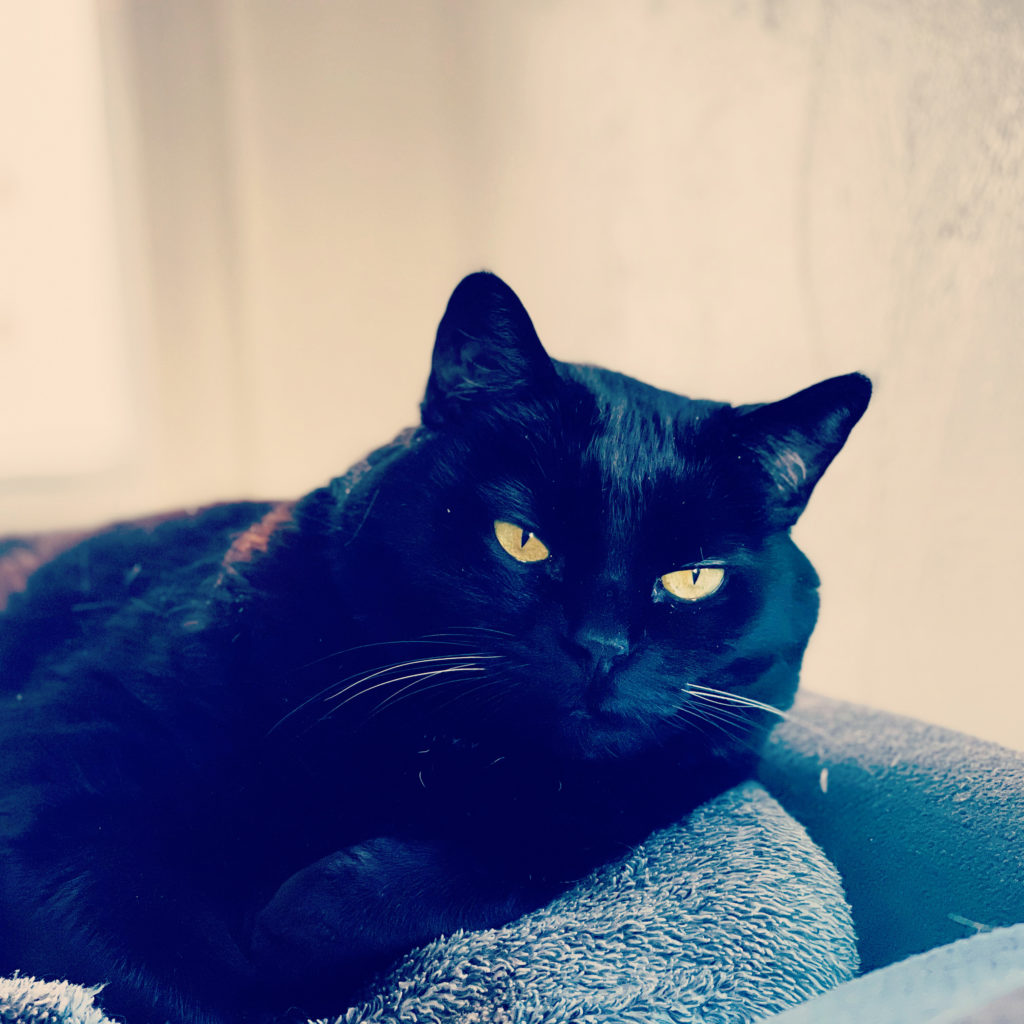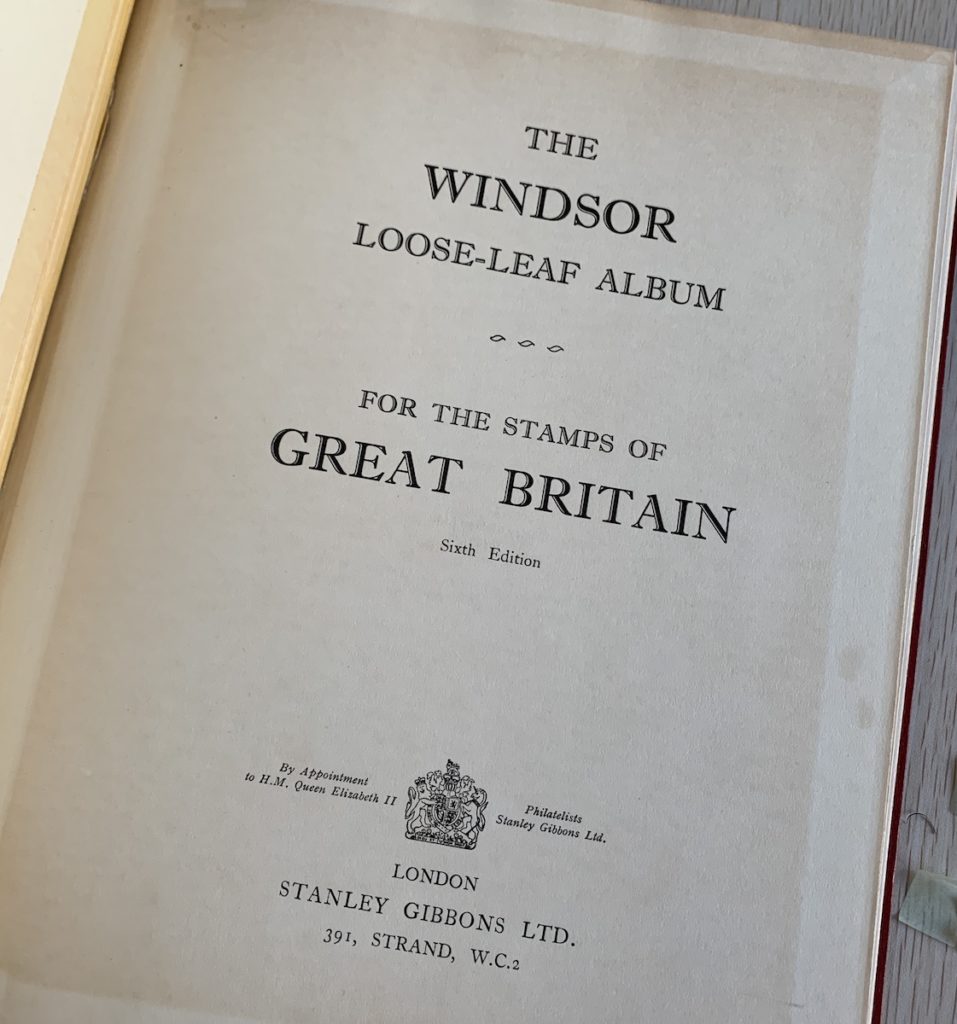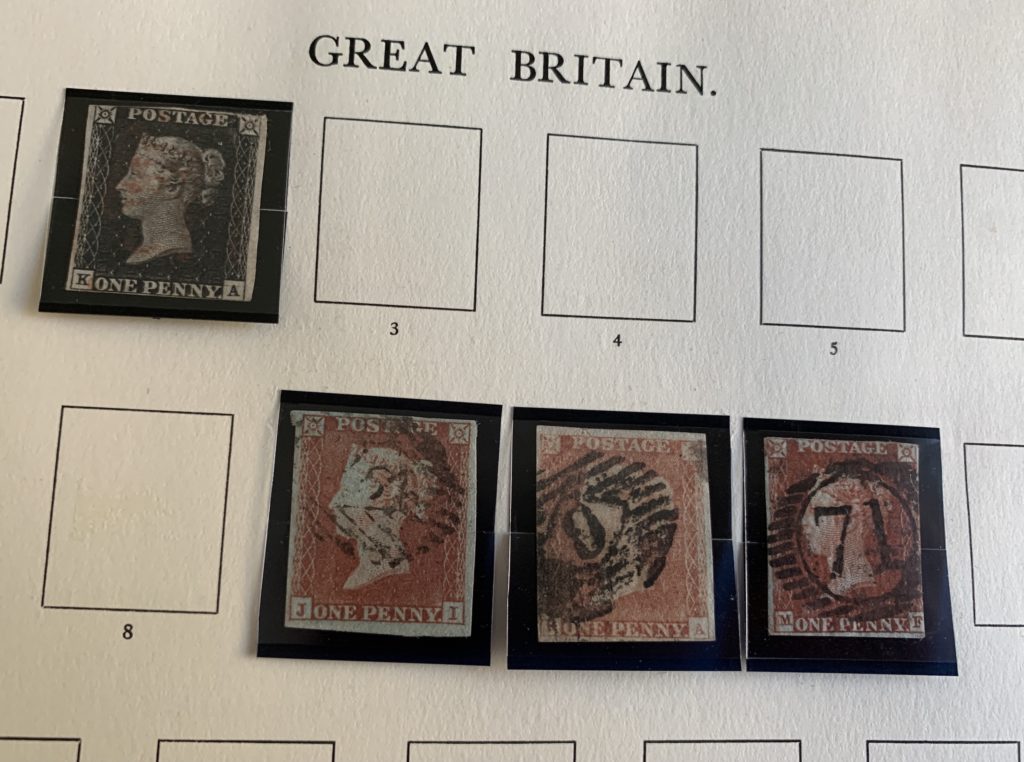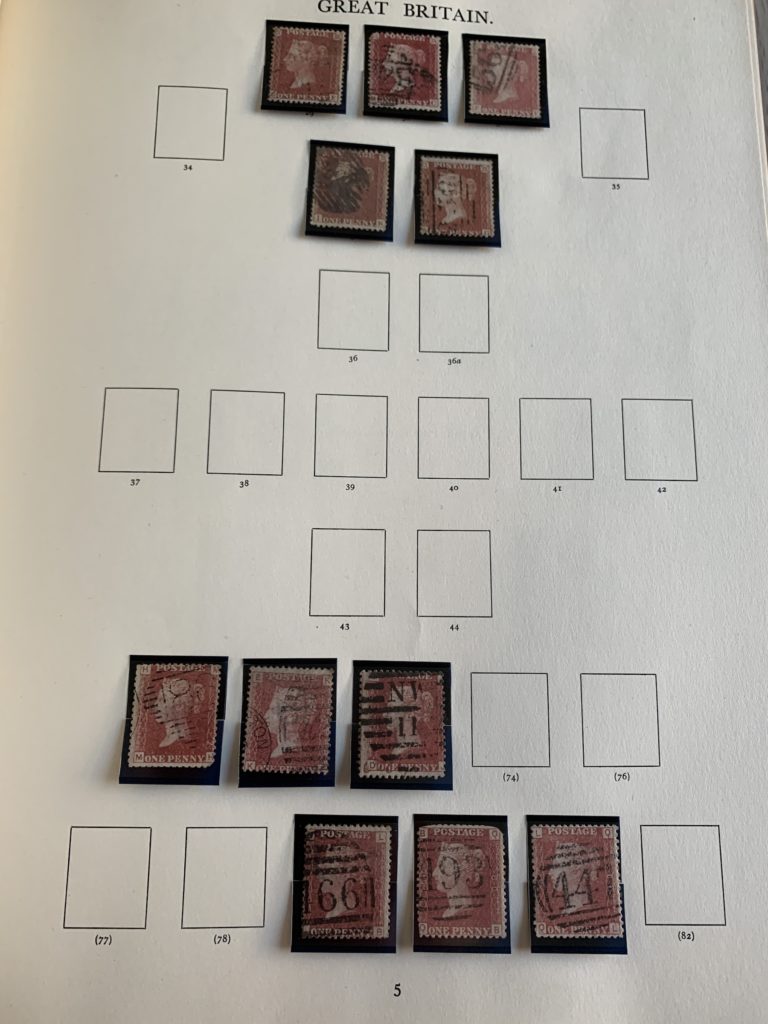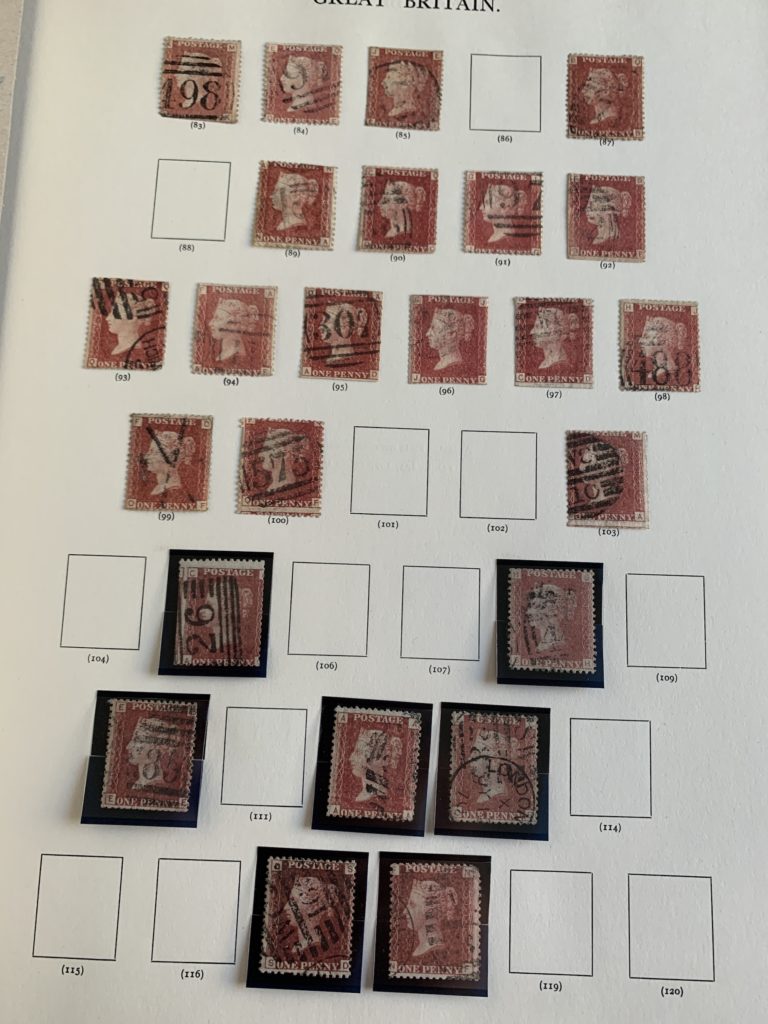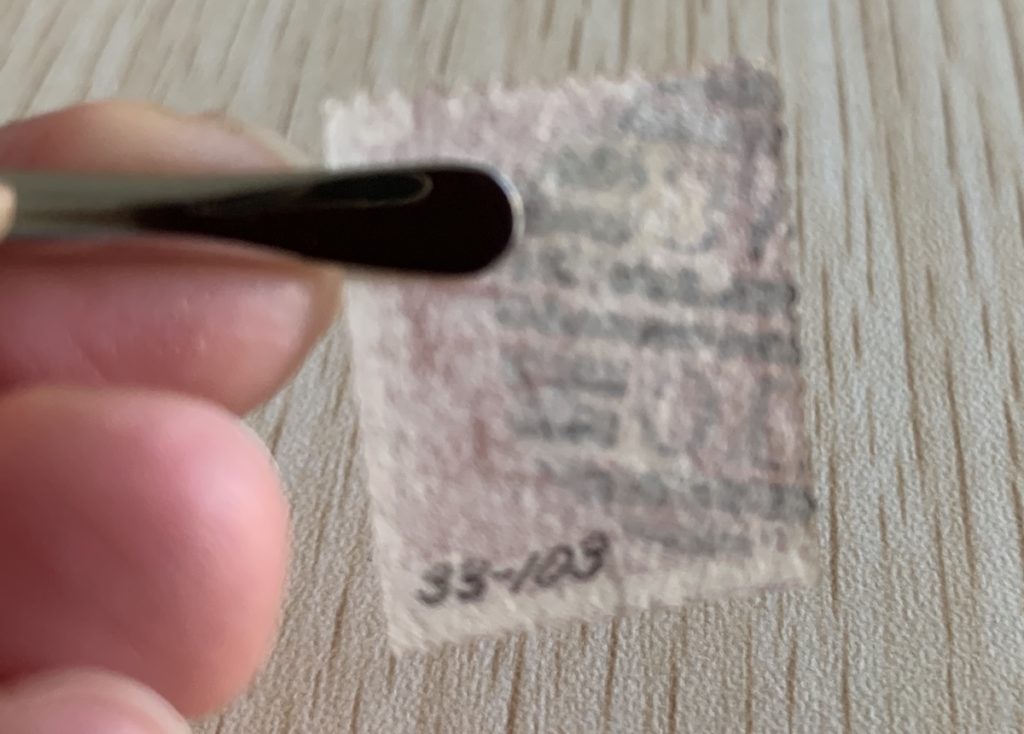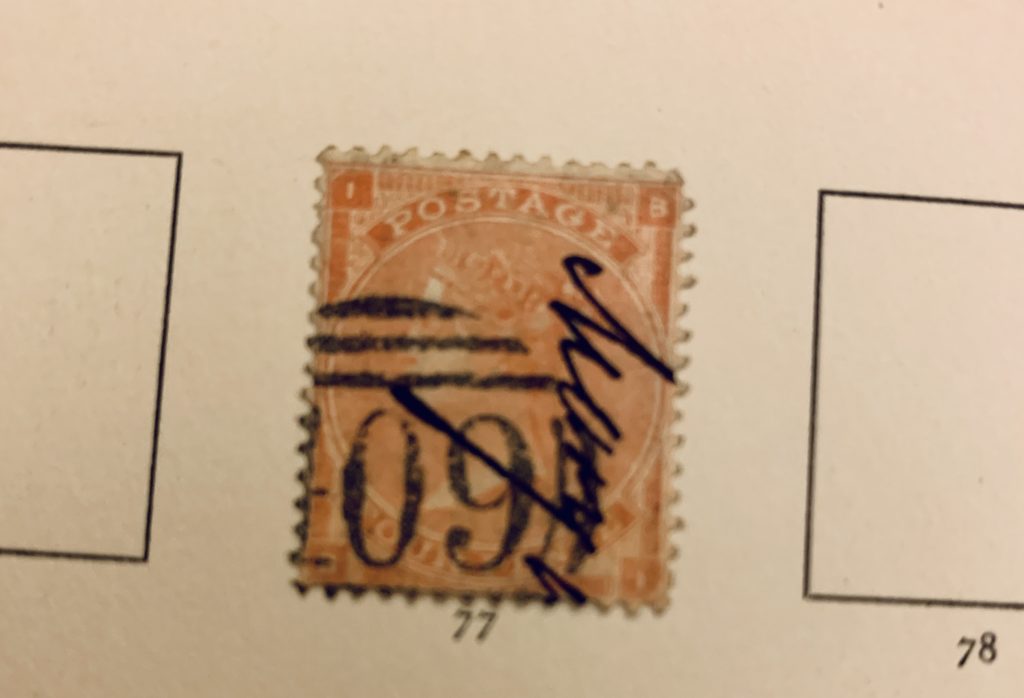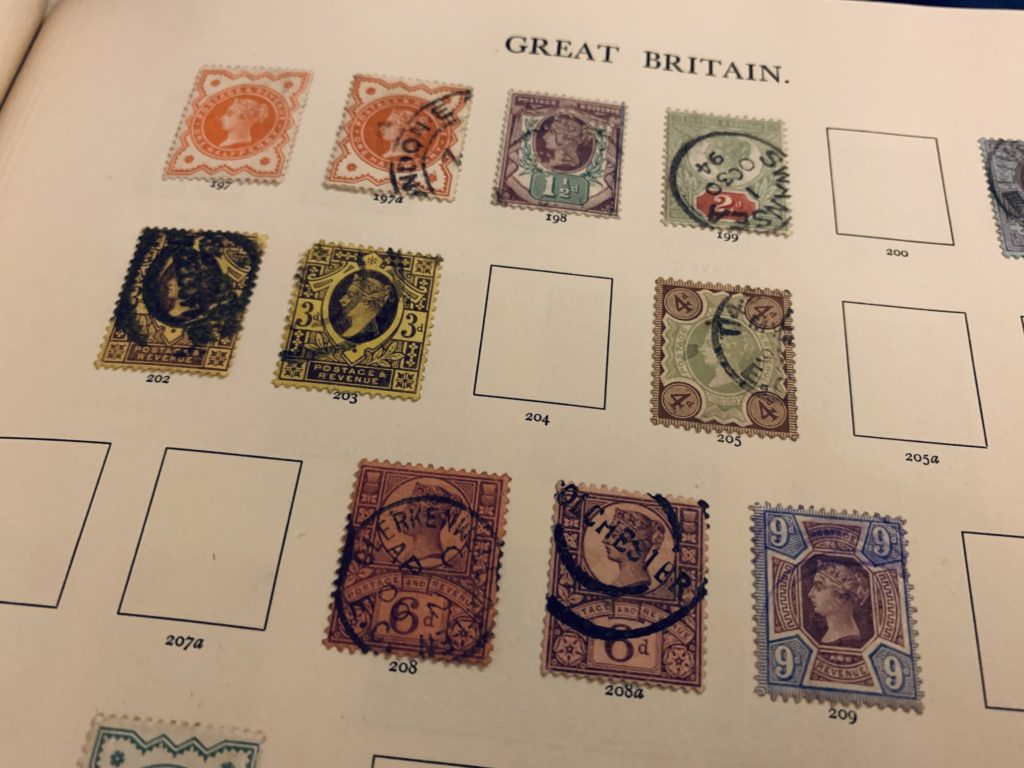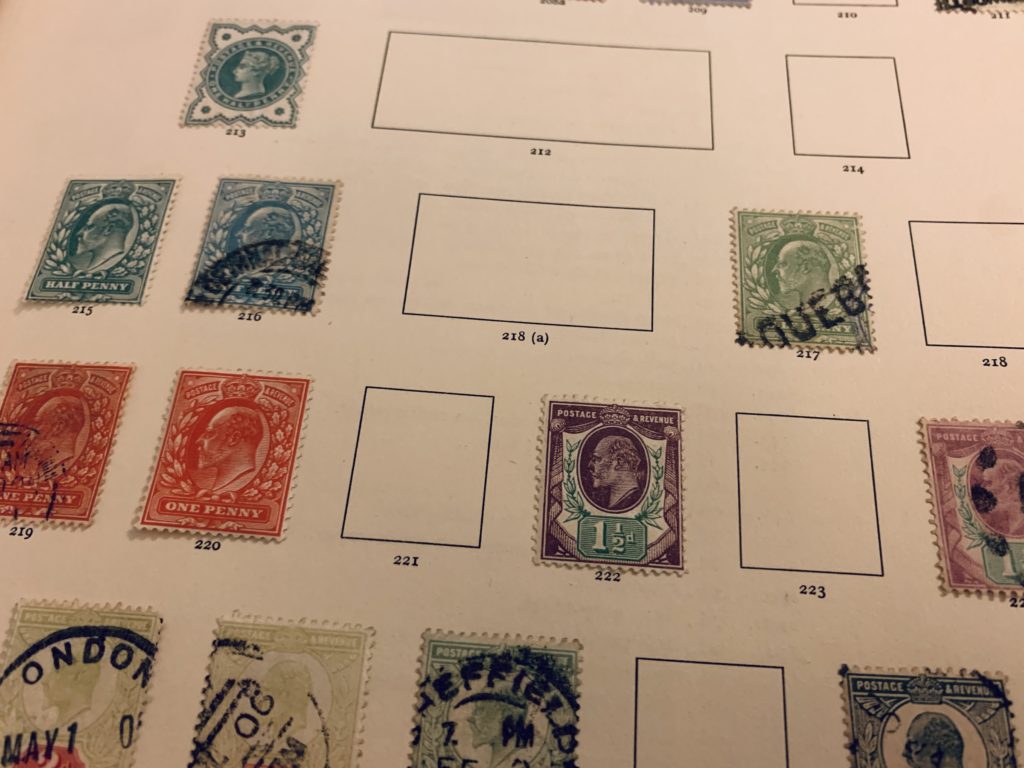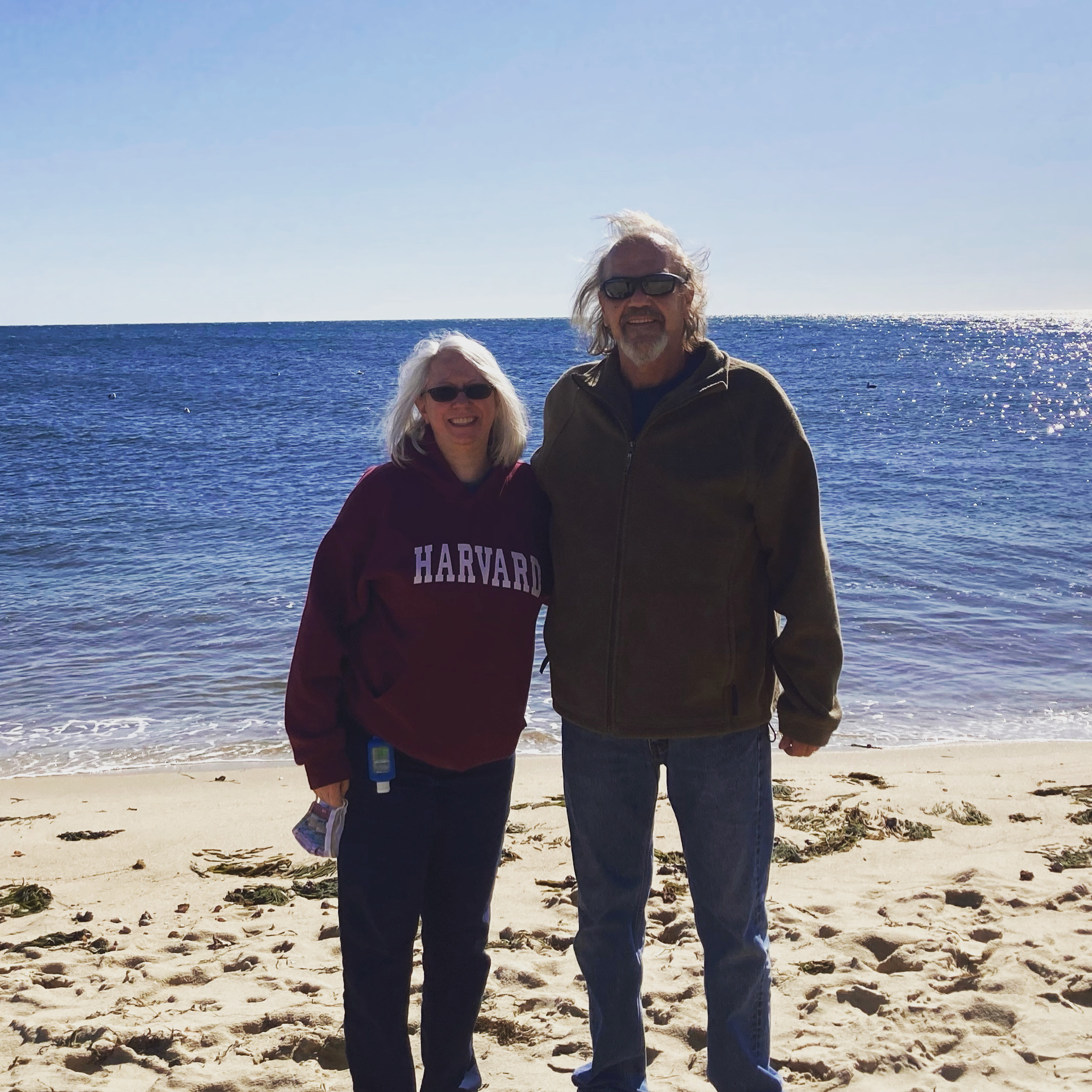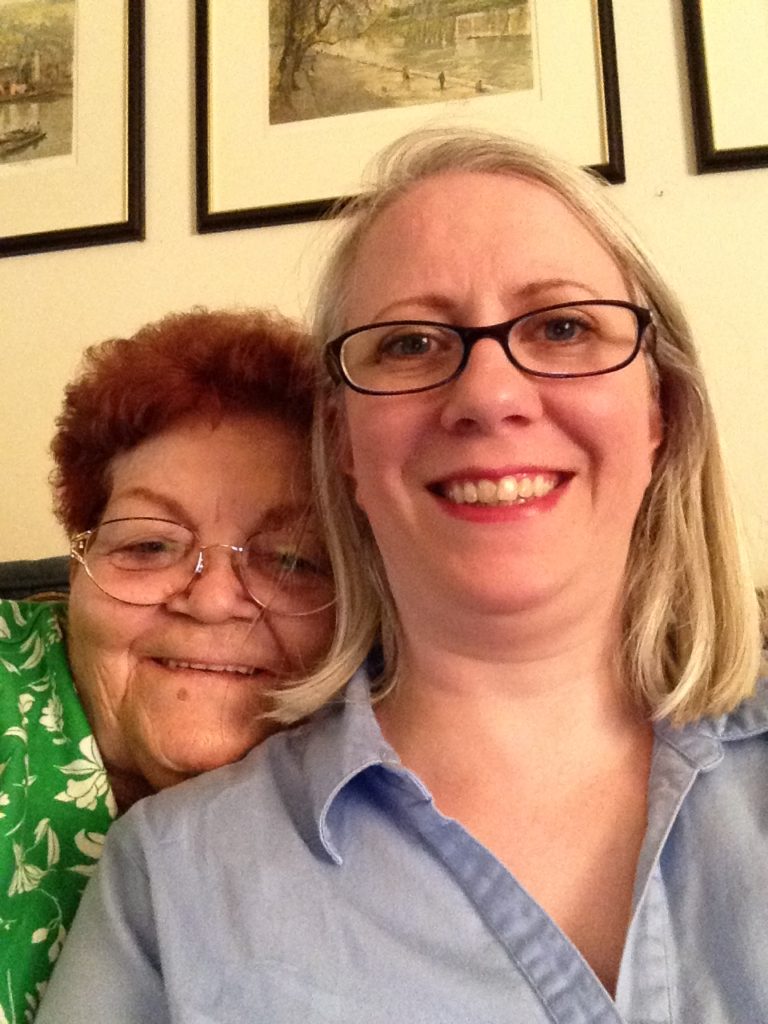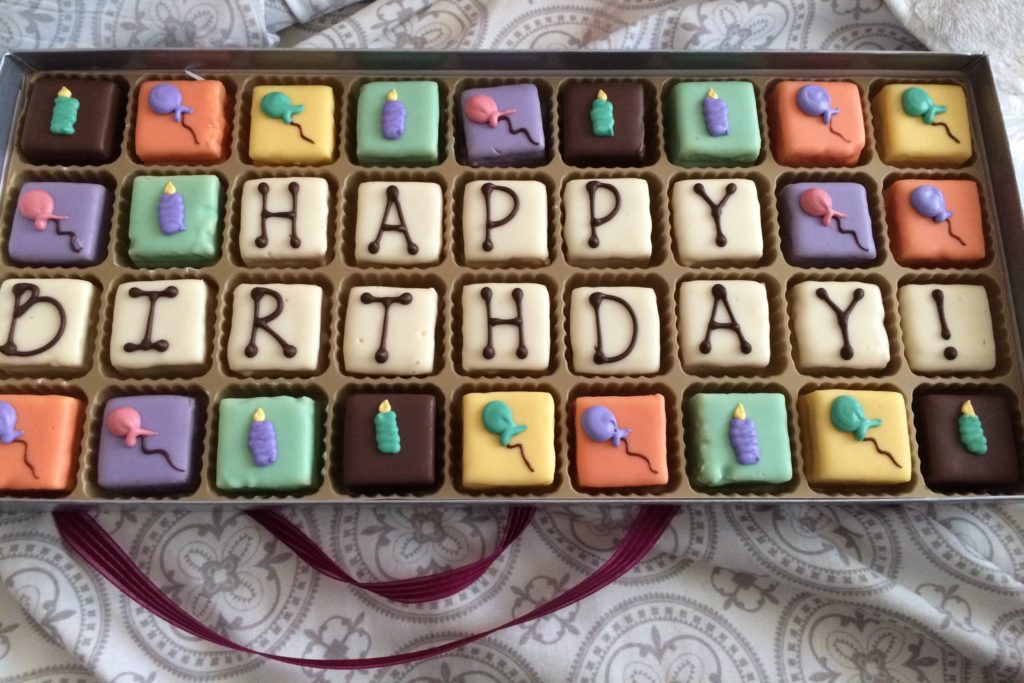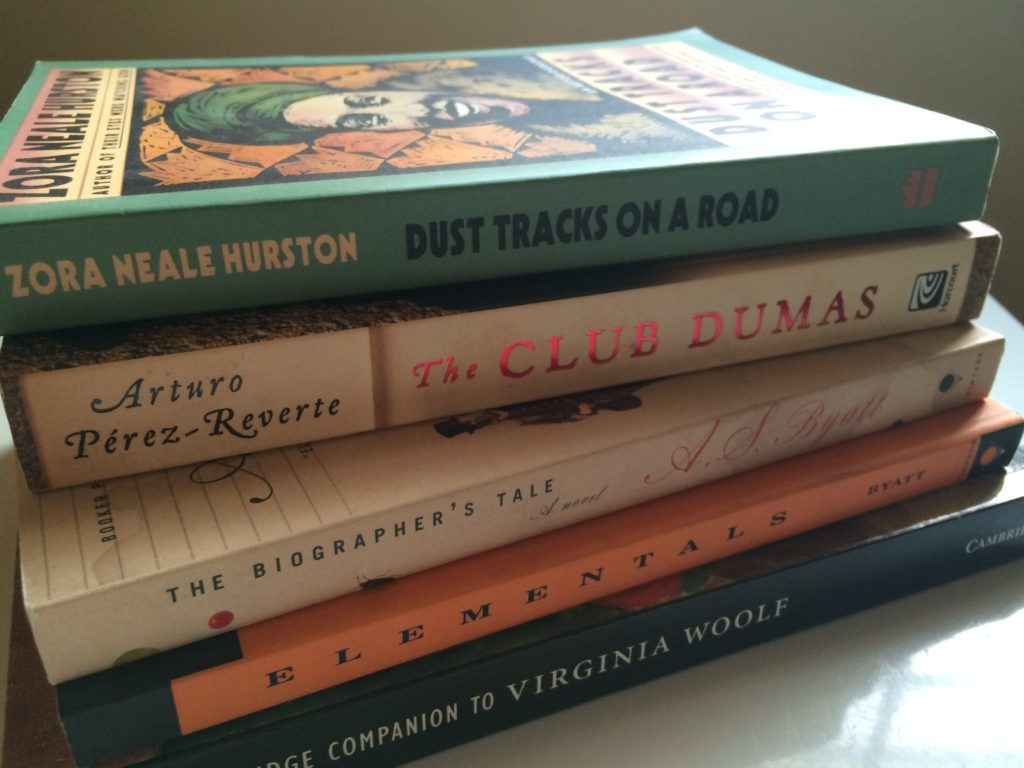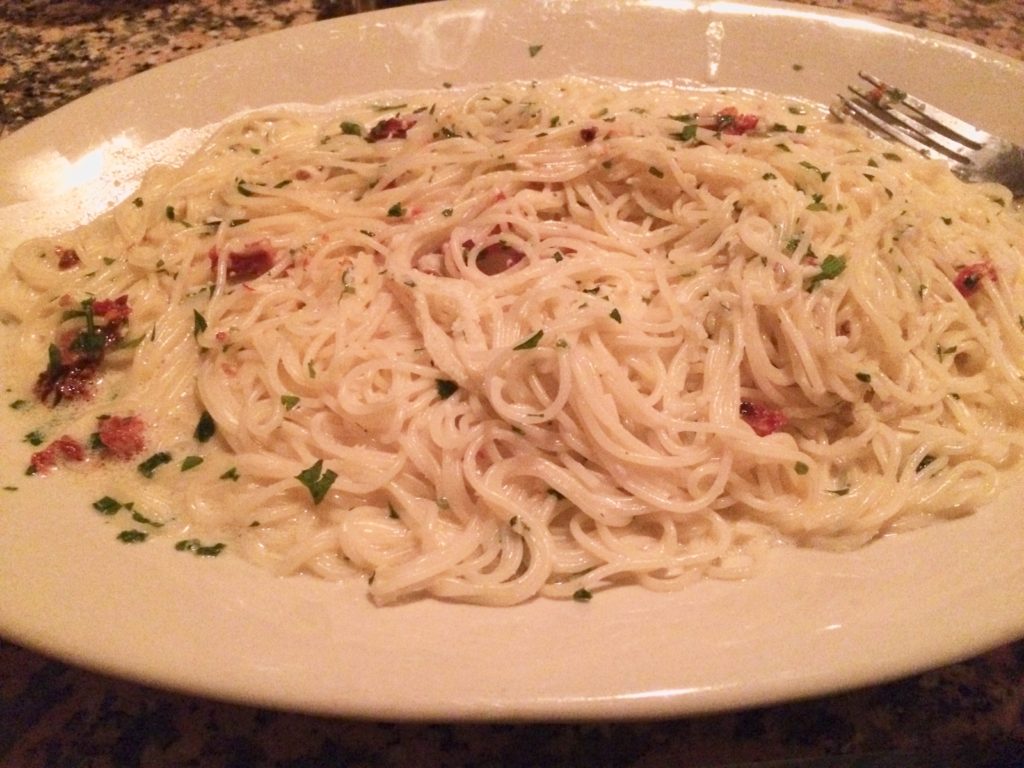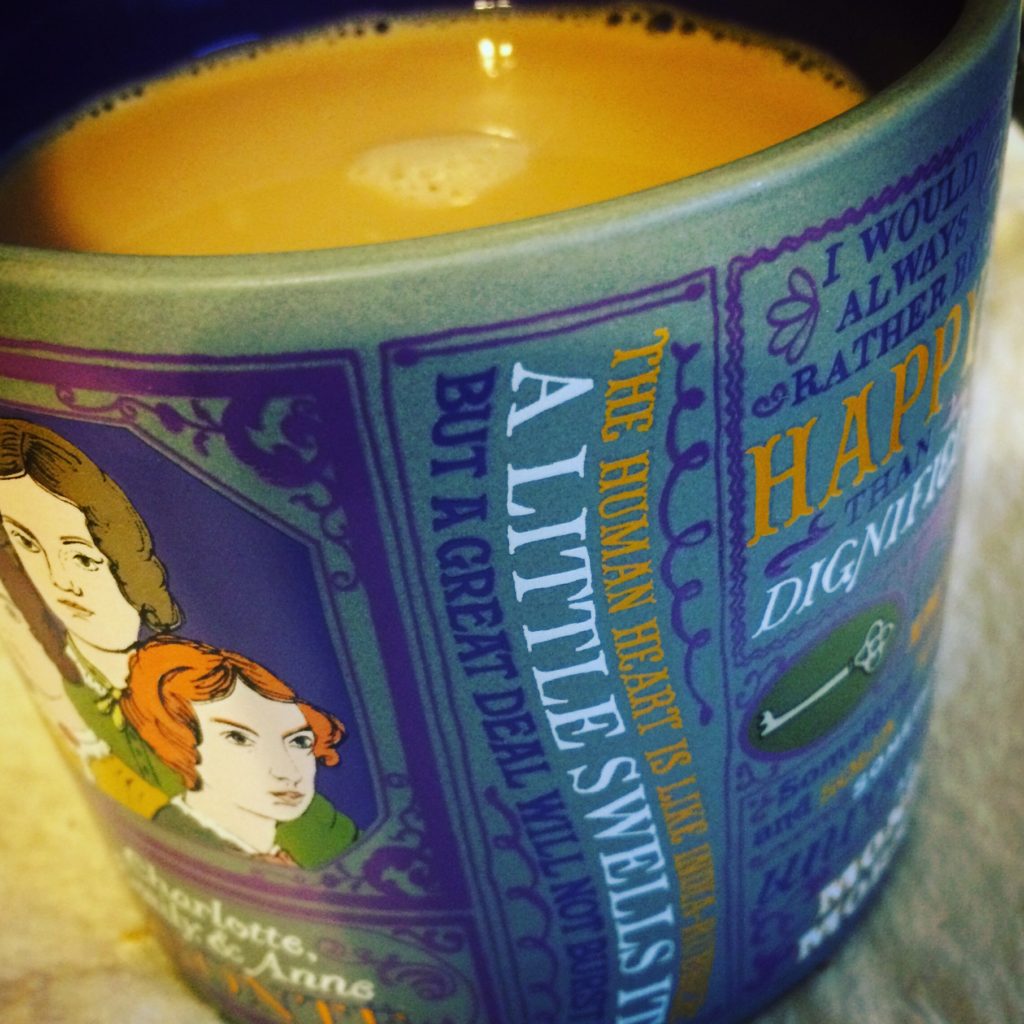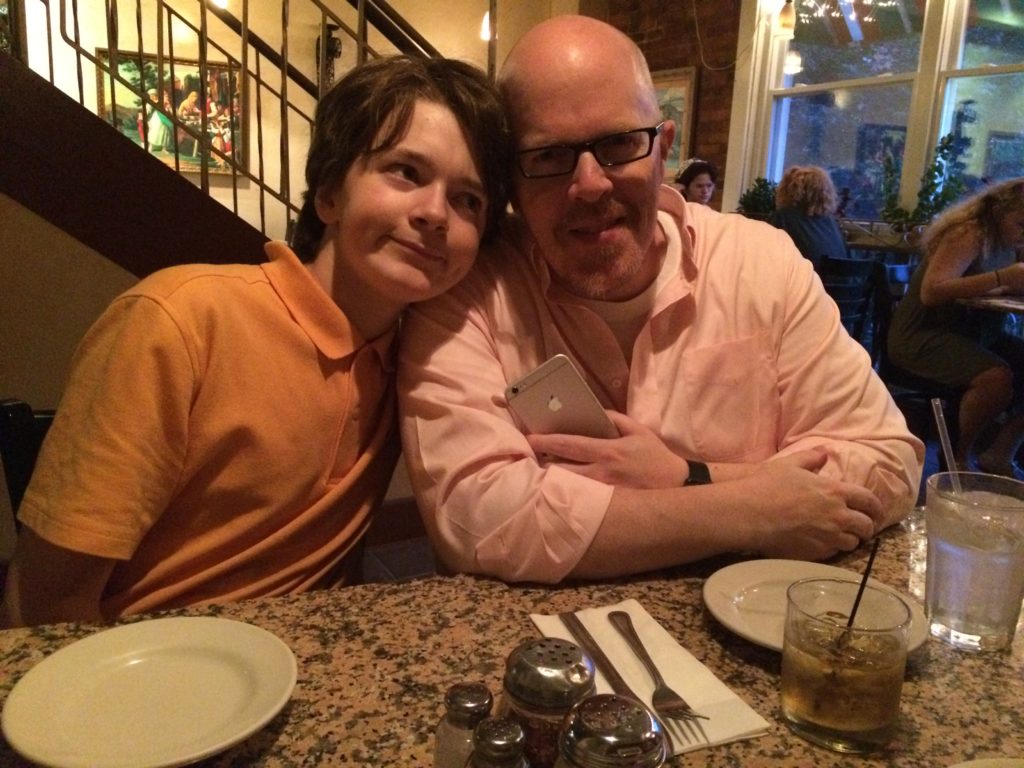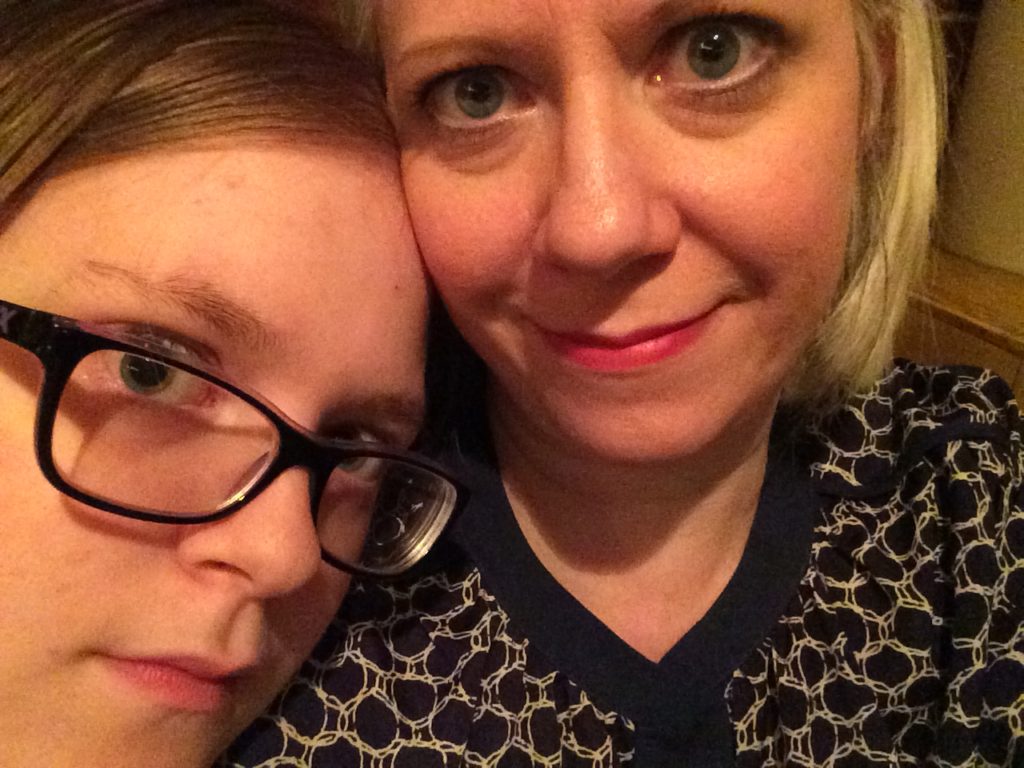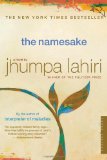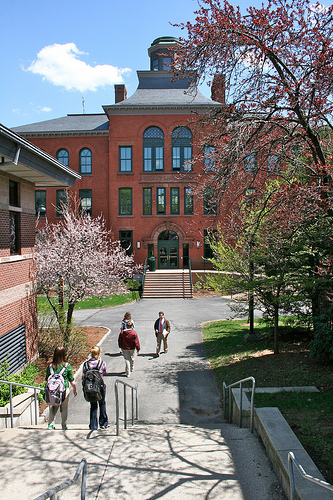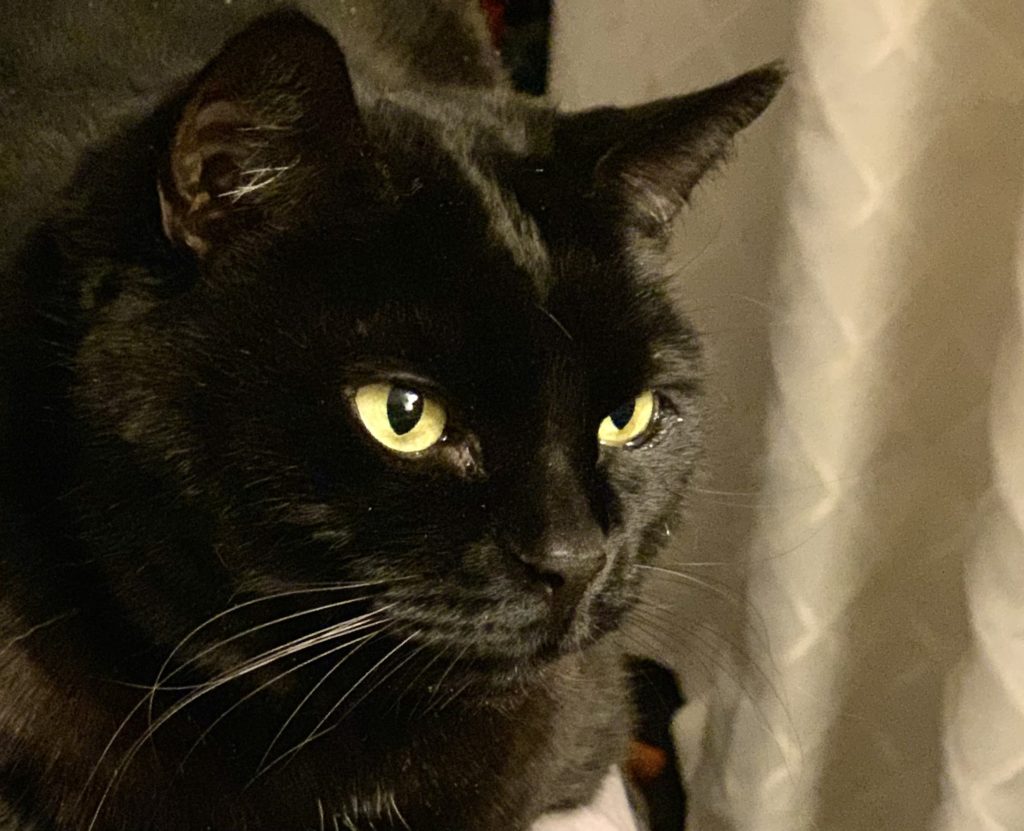
On Thursday, June 30, 2022, my husband Steve and I took Bellatrix to the vet for the last time. She had rapidly declined in the weeks preceding her death. I suspect she may only have lived a few more days, but she was clearly suffering. We consulted with the vet to be sure that we were doing the right thing, and the vet agreed that it would be kinder to her to put her to sleep. She had trouble getting around and confined herself to the kitchen, bathroom, and our daughter Maggie’s room. I’m glad she spent so many of her final days with Maggie. We often joked that Maggie was her nemesis because Maggie doted on her so fiercely, and sometimes Bella just didn’t want that attention. She was not the kind of cat who wanted to be in your lap. She didn’t like being held. She loved being petted and sitting close to you, but not too close.
We didn’t notice any signs of trouble until April, and the vet couldn’t really find anything wrong, but she didn’t improve, so we took her again in May, and this time, the vet found a mass in her abdomen. She recommended a trip to an emergency vet. We couldn’t get her to one for about a week, but the ER vet confirmed our worst fears. Bella didn’t have long to live. She said we could try cancer treatment, but the absolute best-case scenario, and not a very likely one, is that we’d buy her a year. We couldn’t do it to her, knowing how much she hated getting in the car and going to the vet. It would have been a horrible final year, and it didn’t seem like a kindness.
In spite of so many people telling us we were doing the right thing, it was very hard. Selfishly, I wanted her to live forever. I loved her so very much. Taking care of her in the final six weeks of her life was so hard. She declined so rapidly. She was a beautiful cat. She was a fierce mouser. She was independent and intelligent. I am just heartbroken over this loss, and I thought I was more ready. I expected my daughter and husband to have a harder time with their emotions, but actually, I’m the one who has been crying for days. Today is actually the first day I can think about her at all without immediately tearing up, though I’ve still cried twice (and it’s not noon).
Bella was 13, and we’ve had her since she was a 12-week-old kitten. She was a member of the family. As much as I say that and believe it, part of me still feels like it’s wrong to be as upset as I am, especially given the state of the world. I know on an intellectual level that I should feel whatever I feel and not worry about the other stuff, but it’s hard. It feels like lacking perspective. I know that’s not true, but it’s something I’m wrestling with.
The first thing I did was toss out all of her things: her cat box, her brush mitt, her cat food… I washed out her bowls really well and put her cat carrier in the back of the car so I can take it to our storage locker. I scrubbed the areas where her box and food were. There’s no trace she was there. Yet I find myself looking in those areas. I cried yesterday because I stepped on something tiny and hard in the kitchen, and it wasn’t a stray piece of her kibble. Naturally, I would have cried if it had been her kibble, too. I thought getting her things out of the house would make it easier, but it’s depressing how quickly I was able to excise her presence from my view. I keep thinking I see her out of the corner of my eye. Yesterday at dinner, I thought I felt her nuzzling my legs. She used to do that a lot when we ate dinner: she didn’t want handouts—she wanted pets.
I held her paw the whole time, and it struck me that if she had been conscious or feeling like herself, she never would have allowed that. Bella did not like it when you touched her paws. The vet asked us about how we got her, and it’s a fun story. My ex-husband has this thing about naming all his cats Dexter, regardless of gender. He and I had the first Dexter together, and our daughter Sarah had picked the name. One of his subsequent Dexters had kittens, and we wanted a cat. We asked Sarah to pick one for us, and she picked Bellatrix.
Her death was peaceful, and I’m grateful for that because I could not have borne it if she had died in pain. I know I took good care of her and that she had a good life. Yet, I find myself wishing there was more I could have done. I don’t know what it would have been. I just wish she had not had to have cancer. I am so sorry it happened to her. My friends and family have been so wonderful and kind as I grieve my beautiful cat. She was truly one of a kind. I cannot bear the thought that I will never see her again.
Rest in peace, Bellatrix. 9/4/2008-6/30/2022.
